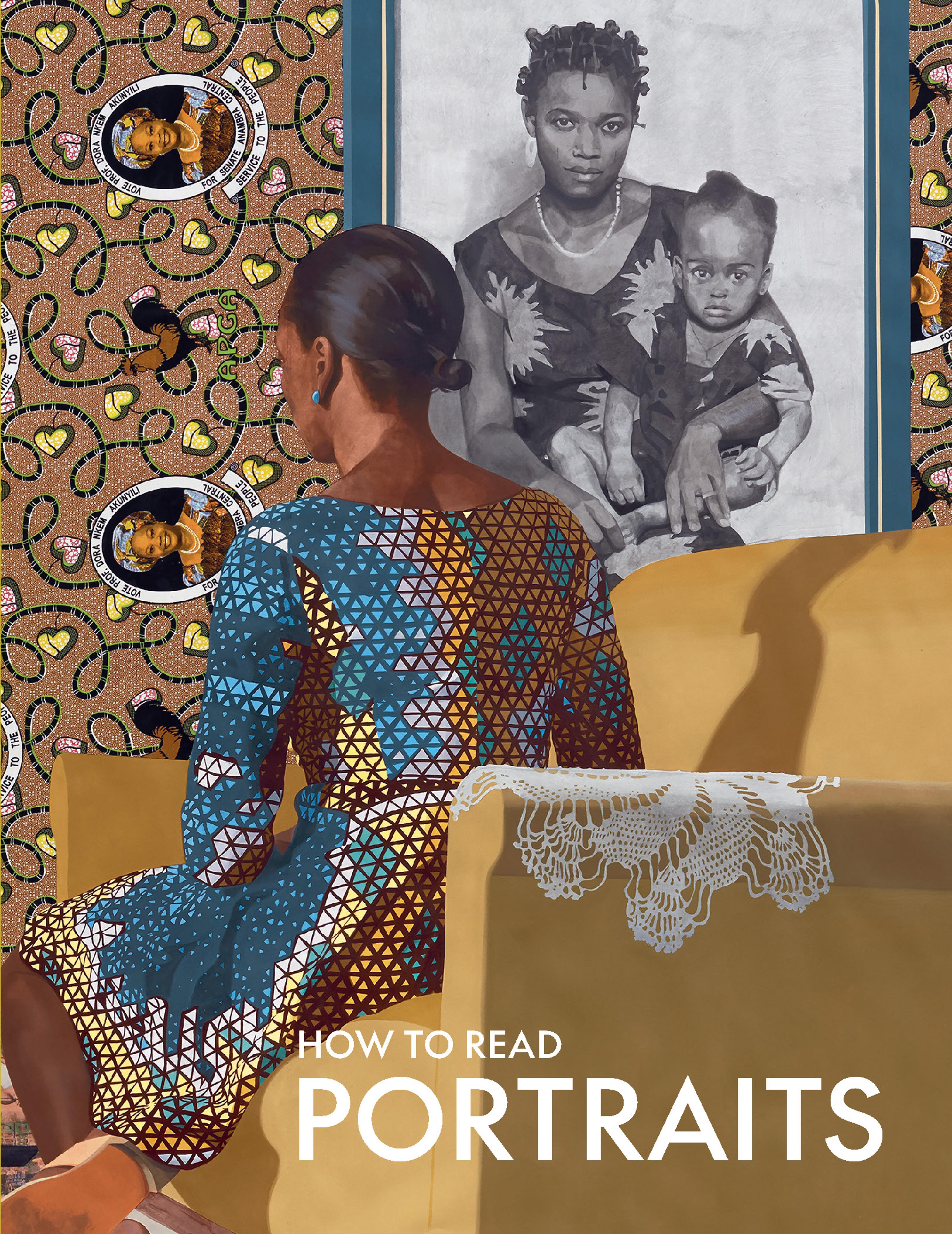English
Tommaso di Folco Portinari (1428–1501); Maria Portinari (Maria Maddalena Baroncelli, born 1456)
A native of Florence, Tommaso Portinari was the branch manager of the Medici bank in Bruges. He probably commissioned these portraits from Memling around the time of his marriage to the fourteen-year-old Maria Baroncelli in 1470. The two panels originally formed a triptych with a central devotional image of the Virgin and Child. Memling has placed the sitters before illusionistic frames, an innovation suggesting that the figures project into our space. His close attention to the stubble and scar on Tommaso’s chin heightens the realistic effect.
Artwork Details
- Title: Tommaso di Folco Portinari (1428–1501); Maria Portinari (Maria Maddalena Baroncelli, born 1456)
- Artist: Hans Memling (Netherlandish, Seligenstadt, active by 1465–died 1494 Bruges)
- Date: ca. 1470
- Medium: Oil on wood
- Dimensions: (.626, Tommaso) overall 17 3/8 x 13 1/4 in. (44.1 x 33.7 cm), painted surface 16 5/8 x 12 1/2 in. (42.2 x 31.8 cm); (.627, Maria) overall 17 3/8 x 13 3/8 in. (44.1 x 34 cm); painted surface 16 5/8 x 12 5/8 in. (42.2 x 32.1 cm)
- Classification: Paintings
- Credit Line: Bequest of Benjamin Altman, 1913
- Object Number: 14.40.626–27
- Curatorial Department: European Paintings
Audio
2619. Investigations: Tommaso di Folco Portinari (1428-1501); Maria Portinari (Maria Maddalena Baroncelli, born 1456), Part 1
0:00
0:00
We're sorry, the transcript for this audio track is not available at this time. Please email info@metmuseum.org to request a transcript for this track.
Listen to more about this artwork
More Artwork
Research Resources
The Met provides unparalleled resources for research and welcomes an international community of students and scholars. The Met's Open Access API is where creators and researchers can connect to the The Met collection. Open Access data and public domain images are available for unrestricted commercial and noncommercial use without permission or fee.
To request images under copyright and other restrictions, please use this Image Request form.
Feedback
We continue to research and examine historical and cultural context for objects in The Met collection. If you have comments or questions about this object record, please contact us using the form below. The Museum looks forward to receiving your comments.
